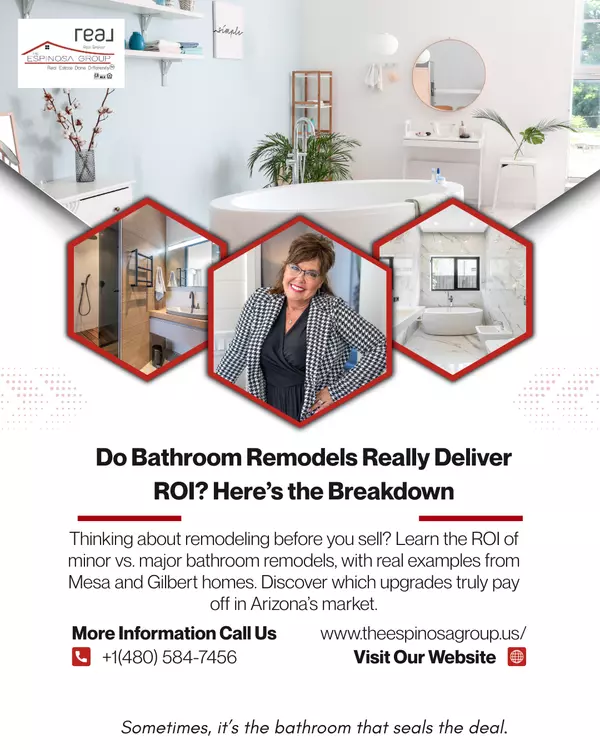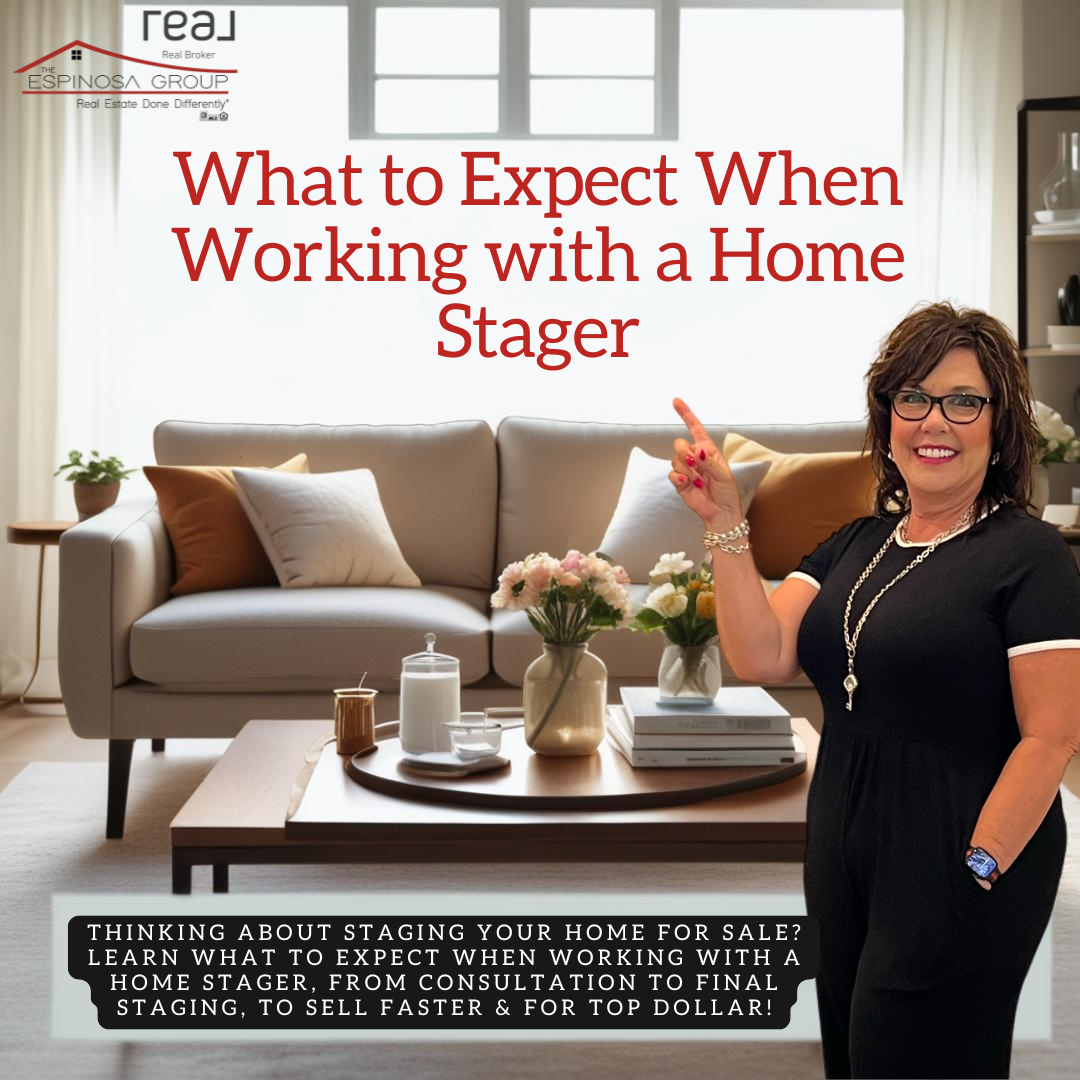What to Expect When Working with a Home Stager
Selling your home is an exciting but complex process, and one of the most effective ways to maximize its appeal is through professional home staging. A home stager helps showcase your property in its best light, making it more attractive to buyers and increasing your chances of a quicker, higher-priced sale. But what exactly does the process involve? Here’s a step-by-step guide to what you can expect when working with a home stager.
1. Initial Consultation
The first step in working with a home stager is an initial consultation, which usually takes place in person or virtually. During this session, the stager will:
-
Assess your home’s strengths and weaknesses.
-
Identify areas that need decluttering, rearranging, or updating.
-
Discuss your budget and timeline for staging.
Pro Tip: Be open to feedback! Stagers have an expert eye for what will make your home stand out to buyers.
2. Creating a Staging Plan
After the consultation, the stager will develop a customized plan tailored to your home and target market. This plan may include:
-
Recommendations for furniture placement and decor.
-
Suggestions for paint colors or minor updates.
-
Whether additional furniture or accessories need to be rented.
Bonus: Many stagers work with rental companies to bring in high-quality furnishings that complement your home’s style.
3. Preparing Your Home
Before staging begins, you’ll need to prepare your home by:
-
Decluttering and removing personal items like family photos.
-
Deep cleaning every room, including carpets and windows.
-
Completing any minor repairs recommended by the stager.
Quick Fix: If you’re short on time, consider hiring a cleaning service to get your home in tip-top shape.
4. Staging Day
On the scheduled staging day, the stager will transform your home into a buyer-friendly space. This process typically includes:
-
Arranging furniture to highlight flow and functionality.
-
Adding stylish yet neutral decor to enhance the home’s appeal.
-
Using lighting and accessories to create a warm and inviting atmosphere.
Pro Tip: If your home is still occupied, the stager will focus on optimizing existing furnishings rather than bringing in entirely new pieces.
5. Professional Photography
Once staging is complete, professional real estate photos are usually taken. These high-quality images are essential for online listings and marketing materials.
Why It Matters: Studies show that staged homes with professional photos sell faster and for higher prices than non-staged homes.
6. Maintaining the Staged Look
If you’re living in the home while it’s on the market, it’s important to maintain the staged appearance. This means:
-
Keeping surfaces clean and clutter-free.
-
Making beds and tidying up daily.
-
Removing pets and personal items before showings.
Quick Hack: Keep a “show-ready” checklist and a storage bin for last-minute clutter.
7. Staging Removal and Closing
Once your home is sold, the stager will return to remove any rented furniture and decor. If you’ve made permanent updates like new paint or fixtures, those remain to benefit the new owners.
Final Step: Celebrate! Staging has helped you secure a successful sale.
Final Thoughts
Working with a home stager can make a significant impact on how quickly and profitably your home sells. By understanding the process, you can set realistic expectations and make the most out of this valuable service.
📢 Thinking about selling? Let’s chat about how professional staging can help you get top dollar for your home! 🏡✨
Categories
- All Blogs (204)
- Contracts, Negotiations & Process (4)
- Home Buying Process (19)
- Home Buying, Selling, and Investing Tips (57)
- how to buy a house (9)
- How to sell your house (11)
- Importance of a Real Estate Agent (1)
- real estate investment strategies (12)
- Real estate Market in Arizona (6)
- Selling a home (18)
- STAGING DIFFERENTLY (35)
- Staging tips for selling (20)
- THE AGENT (4)
Recent Posts













